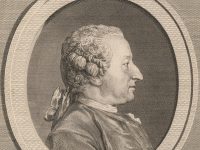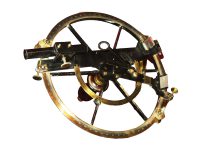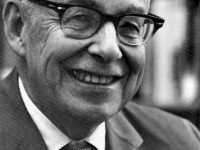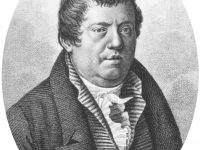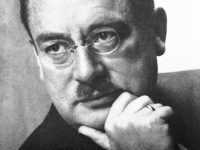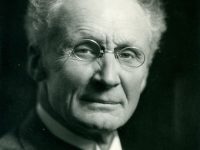Chien-Shiung Wu and the Conservation of Parity
On May 31, 1912, Chinese-American experimental physicist Chien-Shiung Wu was born. Wu is best known for conducting the Wu experiment, which contradicted the hypothetical law of conservation of parity. This discovery resulted in her colleagues Tsung-Dao Lee and Chen-Ning Yang winning the 1957 Nobel Prize in physics, and also earned Wu the inaugural Wolf Prize in Physics in 1978. Her expertise in experimental physics evoked comparisons to Marie Curie. “… it is…
Read more




